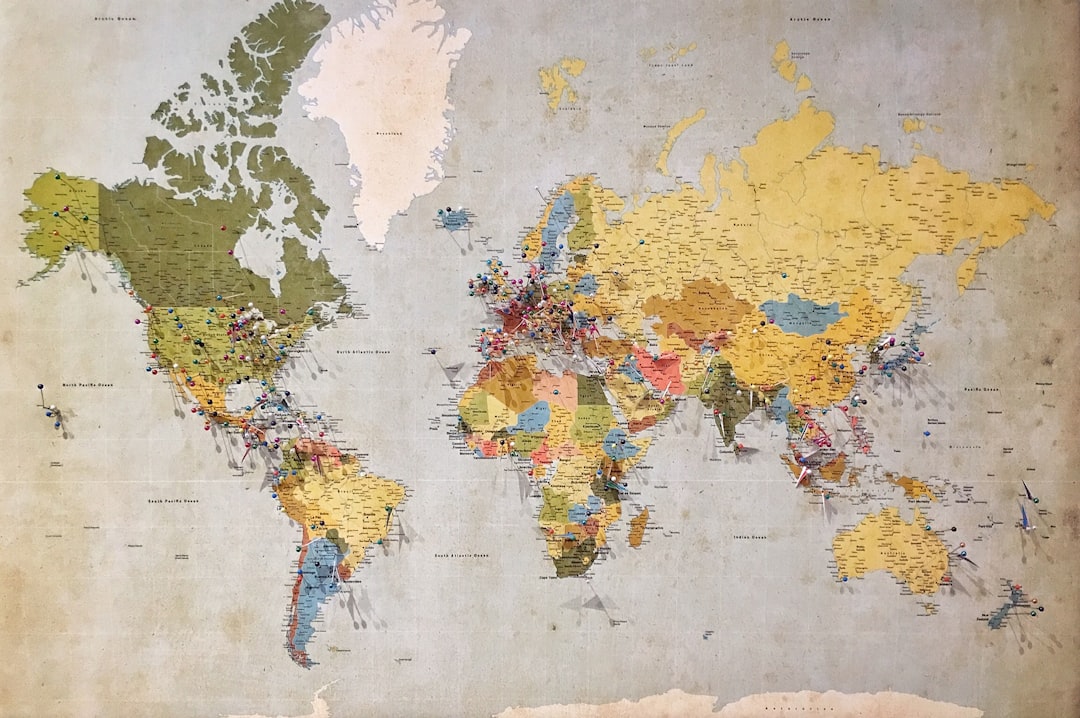What is it about?
This study aims to evaluate the benefits of treating diabetic foot ulcers (DFU) through a revised procedure using the mechanisms underlying negative pressure wound therapy (NPWT) in such a way as to achieve reduced and more evenly distributed lateral tension lines across the wound. Method: Patients with type 2 diabetes were assessed for elegibility. Included patients were divided randomly into two groups: the NPWT control group and the NPWT+ group. Patients in the NPWT control group were treated in the traditional manner: wounds were covered with foams shaped to fit the wound precisely. In the NPWT+ group, foams were shaped to fit the wound precisely, and an additional foam was then wrapped around the foot.
Featured Image

Photo by Gabby Orcutt on Unsplash
Why is it important?
Results: Some 85 patients were assessed for eligibility; 59 were randomised into two groups: 29 patients in the NPWT+ group and 30 patients in the NPWT group. The primary objective was median healing time (NPWT+ 19 days, interquartile ratio (IQR) 7.5; NPWT 33 days, IQR 16; p<0.00001), and complete wound healing at three weeks (NPWT+ 55.20%; NPWT 26.70%; p=0.02). Secondary endpoints included number of major amputations (none in either group) and number of infections (NPWT+ 3.44% of patients, NPWT 6.66% of patients; p=0.57).
Perspectives
Our initial findings show that this treatment significantly reduced wound closure times and accelerated healing in DFUs. It also demonstrated promising improvements in healing rates, with no significant increase in wound complications.
dott manfredi mancone
università della campania luigi vanvitelli
Read the Original
This page is a summary of: Expanded negative pressure wound therapy in healing diabetic foot ulcers: a prospective randomised study, Journal of Wound Care, February 2021, Mark Allen Group,
DOI: 10.12968/jowc.2021.30.2.121.
You can read the full text:
Contributors
The following have contributed to this page










